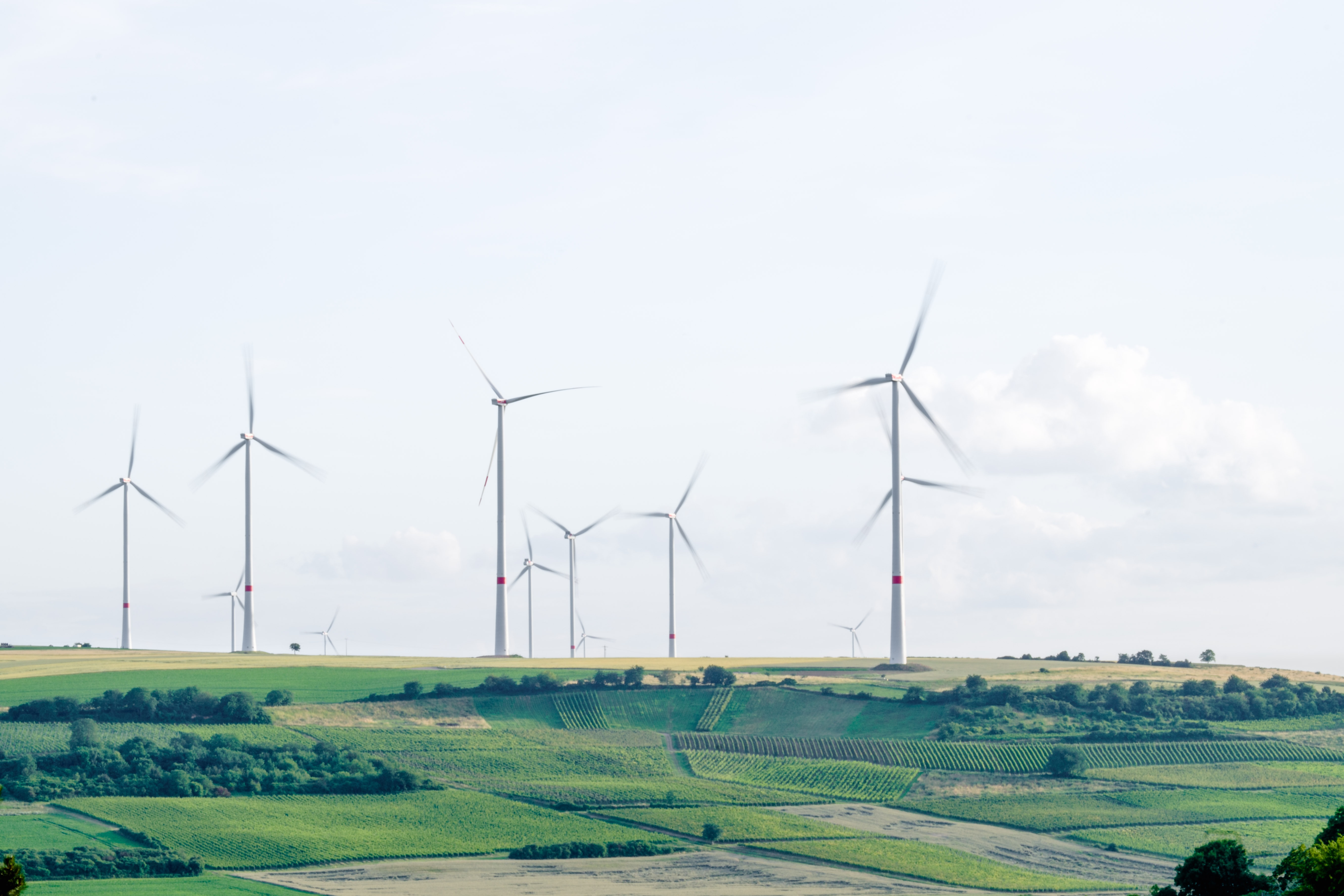Intersection between Climate and social policy
Florian Adam, Ana Lopes Carneiro & Sarah Schmitt (2022)

Abstract:
In response to the coronavirus pandemic, the European Union (EU) has enacted the ‘biggest stimulus package ever’: the NextGenerationEU recovery instrument, surpassing EUR 800 billion. The instrument is dedicated to building a better EU emerging stronger from the pandemic – greener, more digital, and more resilient. Its centrepiece is the Recovery and Resilience Facility (RRF), which provides grants and loans to support reforms and investments in the Member States. However, the Member States need to fulfil requirements in order to obtain funding. A relevant part of the agreement is the dedication of a minimum of 37% of the expenditure in climate reforms and thus relating investments in the respective National Recovery and Resilience Plans (NRRPs) of the Member States.
This paper aims to comprehend how investing in the green transition can directly and/or indirectly affect social problems positively and simultaneously whether the intersection between social and environmental policy is conveyed clearly in the national plans,. To observe a potential synergy of social and climate goals, the NRRPs of Austria, France, Germany, and Portugal have been scrutinized and subjected to a content analysis informed by an exploration of what is found at the intersection of social and environmental policy: an approach centred in well-being. In the OECD Better Life Index, we found a comprehensive set of well-being indicators, which was adapted to fit our research design.
With our analysis, we demonstrated that all four Member States’ plans promote well-being mostly through the creation of ‘New, green jobs’ and improvement of ‘Air quality’ and ‘Public Health’. Additionally, and more surprisingly, our analysis proved that the national governments’ plans for a green transition demonstrate potential to promote ‘Social equity’. Nonetheless, the four Member States conveyed more consistently their advancements in the ‘Jobs’ dimension and did not place great emphasis in tracing the environment-health nexus in their green transition section. Lastly, the analysis supports the argument that it is possible to observe where social and environmental policy intersect by focusing on a well-being approach.
To read the Master Project in its entirety, click here.